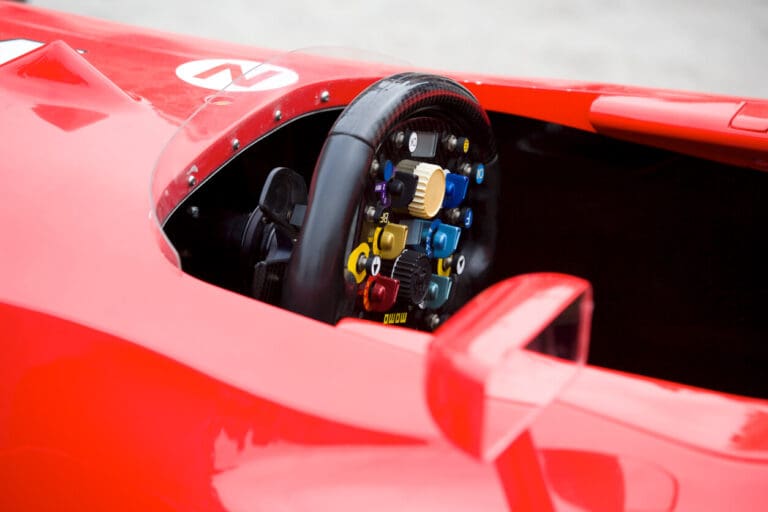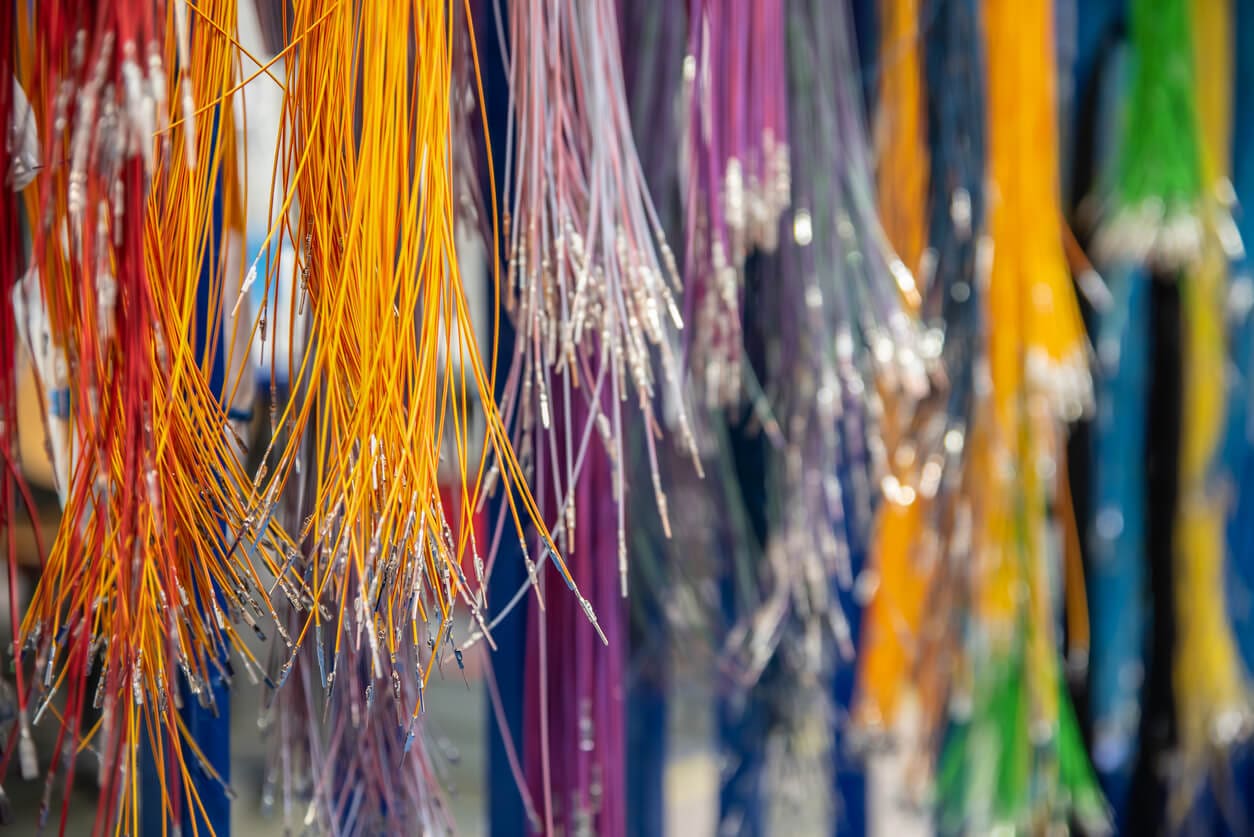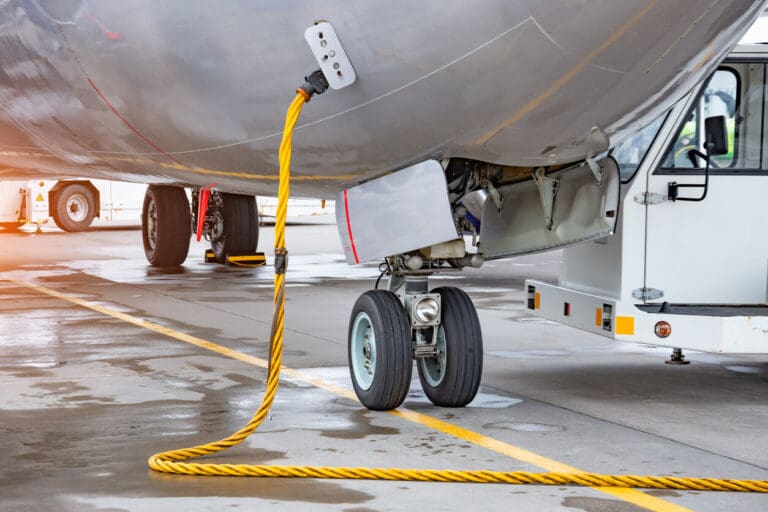
Are Motorsport Cables the Hidden Upgrade Behind Faster Lap Times?
Motorsport teams chase marginal gains in every area of the car, yet many still treat...
Read More
Cable harnesses are used in almost every industry pretty much every day. These simple designs hold and organise multi-wire systems, improving productivity and safety, among many other things. From transport to aerospace you will find cable harnesses everywhere today. In the home, in the office, across institutions and organisations, they have a vital role to play. This is what you need to know about cable harnesses to be able to understand them.
The cable harness is the exterior cover that is applied to an inner conductor or bundle of conductors. The harness can provide vital protection to the conductors inside, as well as organisation and safety. Cable harnesses are able to be highly effective, even in harsh environments and high pressure situations – but they are also very simply designed and cost effective. Custom cable harnesses are those that have been intentionally designed with a particular specification in mind. That may be to accommodate a certain voltage, temperature or set of environmental conditions, for example. Custom cable harnesses can have a range of different features, including heat-shrink coatings, custom colours, individual tagging and custom insulation and shielding.
There are cable harnesses being used in industries all over the world – these are just a few examples:
Cable harnesses are a key part of dealing with wires and cables for any industry today. They are cost effective, improve productivity and help to ensure conductor longevity too. At GEM Cable we are AS9100D & BS EN ISO 9001:2015 and ISO 14001-2015 certified UK manufacturers of bespoke cable assemblies, control boxes, harnesses, wiring looms, panels, fibre optic products and total network solutions.

Motorsport teams chase marginal gains in every area of the car, yet many still treat...
Read More
The wiring harness is a high-risk single point of failure in any complex system. If...
Read More
The wiring harness is the highest risk, lowest profile element in flight-critical infrastructure. When your...
Read MoreReady to talk cables, fibre or full network solutions? Get in touch with our team today, we’re here to help.